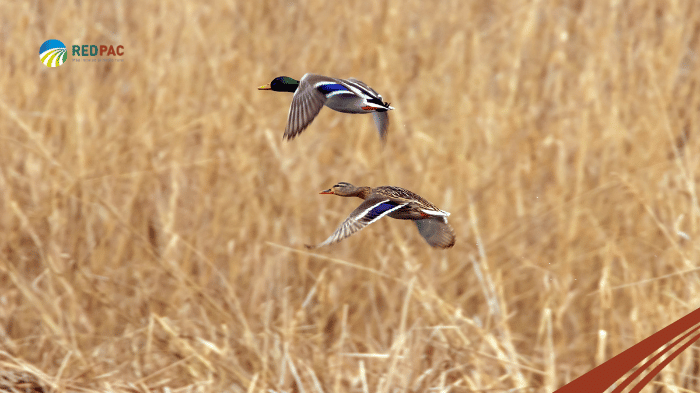
08 de January de 2024
Cambio climático y gestión de recursos naturales
The hunting sector meets to discuss and analyze the interactions between hunting and the current CAP agroclimatic measures.
“The hunting sector plays an important role in combating depopulation in rural areas, as well as in protecting biodiversity and animal health. These functions are very obvious, but not so evident from the perspective of social perception today.” This was the opening of the conference on “Interactions between the CAP's agroclimatic and environmental measures and game management,” organized by the CAP Network on December 20.
In the words of José Luís Agüero, Deputy Director General of Livestock and Game Production at the Ministry of Agriculture, Fisheries and Food (MAPA) , "we must take advantage of the resources of the new CAP, which represents an opportunity for the hunting sector to become more sustainable ." Agüero specifically mentioned the new concept of ecoregimes. so that their benefits can be exploited in the hunting sector, just as they are used for environmental protection and to combat climate change on agricultural and livestock farms.
Ecoregimes and hunting
From the Artemisan Foundation , its director, Luis Fernando Villanueva, explained the compatibility between agriculture and hunting, as well as highlighting the potential of ecoregimes to increase the hunting value of farms and ranches. He also detailed the main problems facing the sector and presented some proposals since its founding:
- Include the sale of game meat, as well as hunting activity itself, in the CAP
- Use of pastures by species (montanera)
- Traditional fallow land (vegetation cover)
Villanueva concluded that "allowing the new CAP and its resources to pass would be missing the last train for the recovery of certain species."
Bird recovery
A decline in bird populations has been observed in Europe, including Spain, associated with agricultural intensification. The reasons were explained by Beatriz Arroyo, director of the Institute for Research in Hunting Resources (IREC) :
- Landscape structure (homogenization)
- Agricultural management (fertilizers)
However, Arroyo added that maintaining mosaic landscapes and non-productive elements within them increases population density: "The more Mediterranean material and the more woody crops, the greater the reproduction of game species."
From IREC, its director also explained the studies her organization is conducting on the relationship between the nitrate-laden water partridges drink and the effects it has on them. The studies show that partridges' size is significantly reduced, their ability to escape from birds of prey is also diminished, and oxidative stress is increased.
Synergies between the CAP and the sector
At the institutional level, the MAPA detailed the functionality and use of eco-regimes, noting that these are only received—given that they represent direct aid—by active farmers and/or livestock farmers who own agricultural and livestock holdings. Therefore, active livestock farmers who wish to receive aid should be aware that priority is given to covered fallow land .
The MAPA also explained the synergies between the CAP and the National Game Management Strategy (ENGC) . Thus, the ENGC contains measures that contribute to the objectives of the CAP, as it is aimed at the sustainability of the sector, even though it is not a binding document.
The event also featured a presentation of best practices from Castilla-La Mancha, a region that shared examples of management models funded by the CAP at the regional level, such as financially compensating farms with fenced feeding areas for small game or the construction of cisterns.









